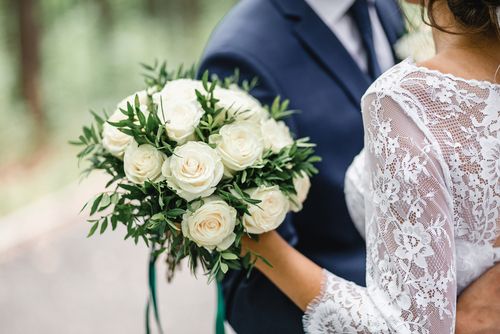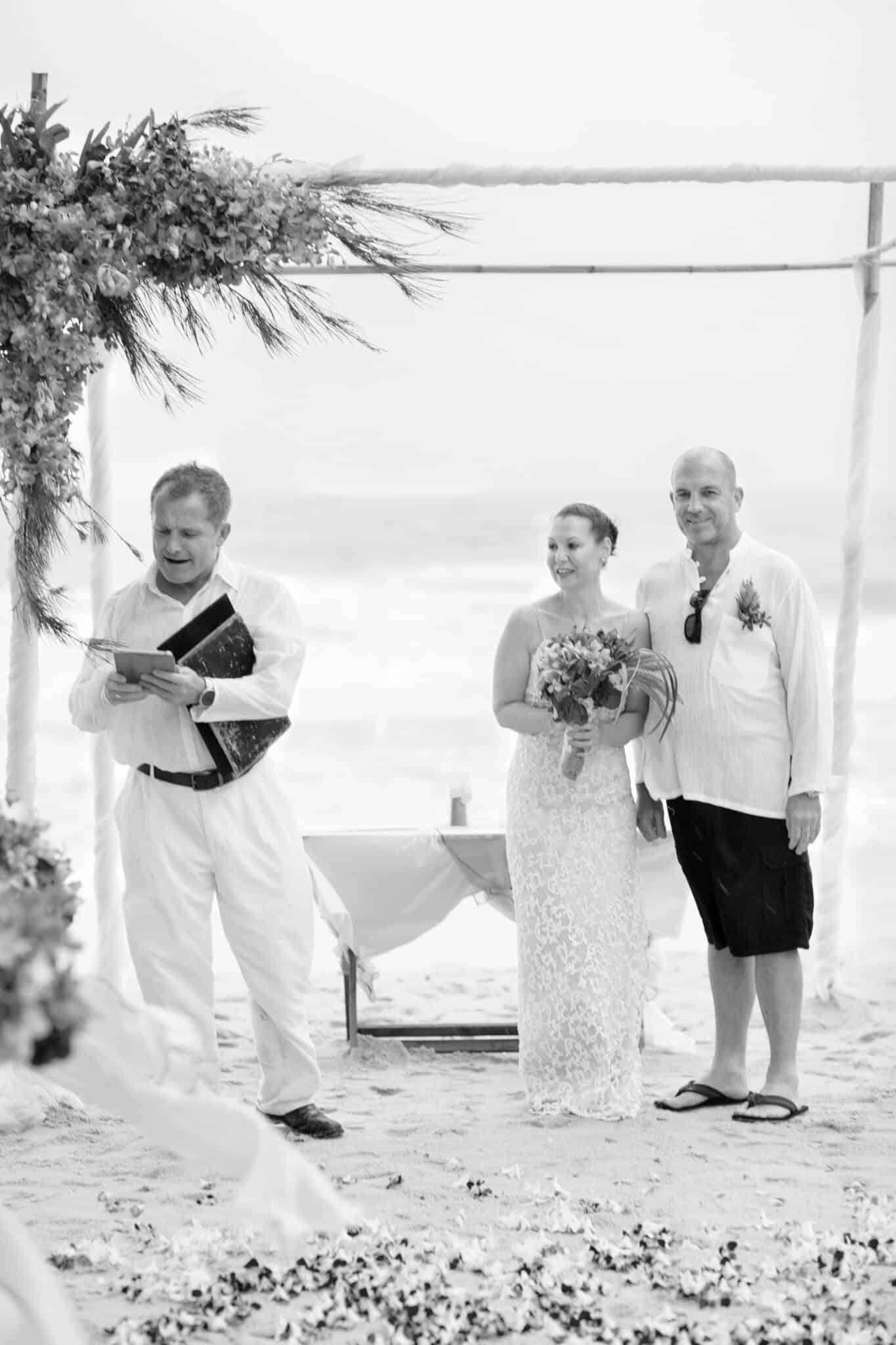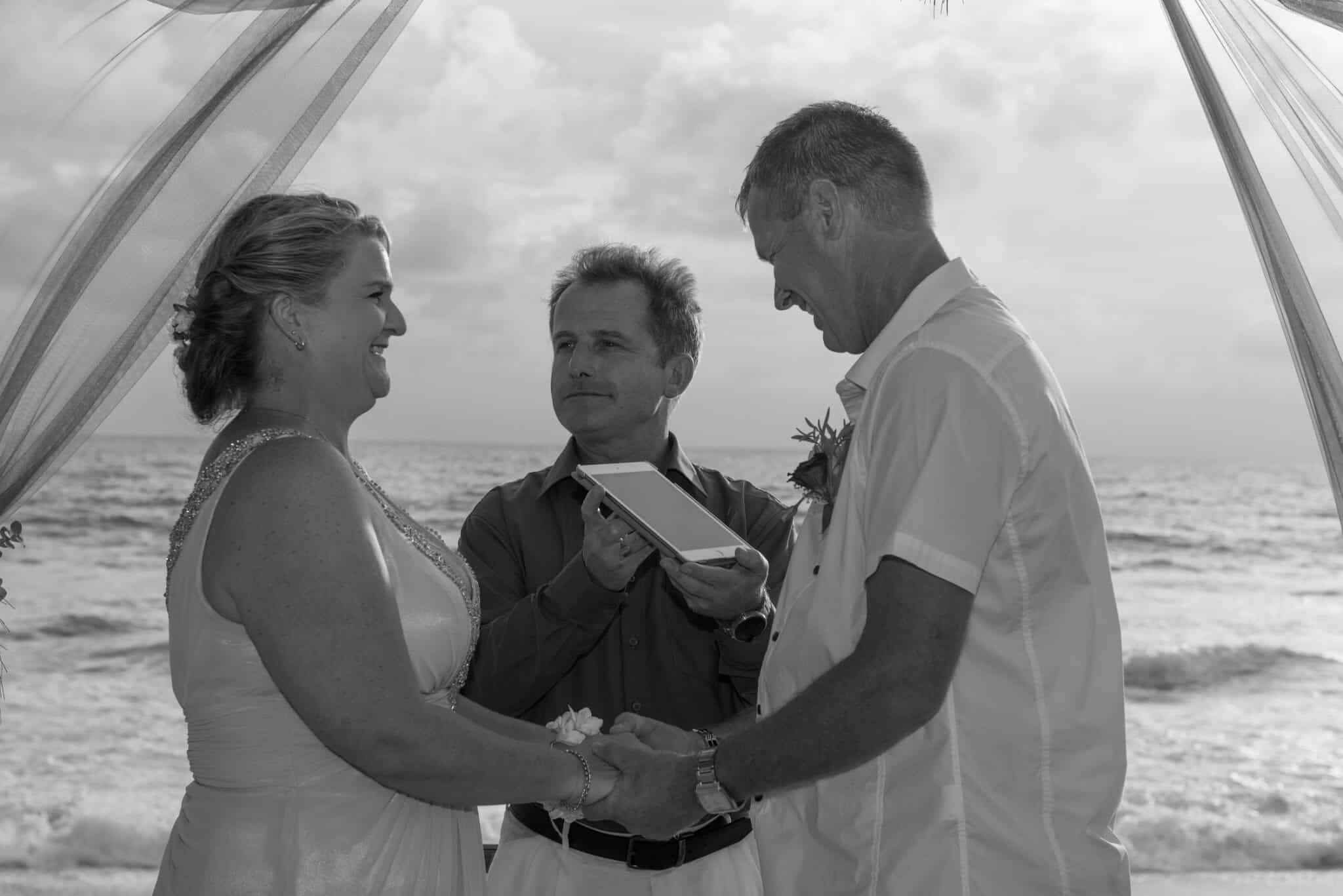 While some wedding ceremonies are secular in nature, faith can play a large role in many couples’ special day. Whether religious or not, wedding ceremony scripts contain special elements – each with its own purpose or meaning. One example is the wedding invocation, which starts the celebration and explains its purpose. While the language may differ with each type of script, learning about the basic format can be helpful if you’re planning or officiating a wedding.
While some wedding ceremonies are secular in nature, faith can play a large role in many couples’ special day. Whether religious or not, wedding ceremony scripts contain special elements – each with its own purpose or meaning. One example is the wedding invocation, which starts the celebration and explains its purpose. While the language may differ with each type of script, learning about the basic format can be helpful if you’re planning or officiating a wedding.
Basic Components of the Invocation
Like other types of events, wedding ceremonies have both a beginning and an ending. Beginnings kick off any celebration, but they can also convey what participants and attendees can expect. And that’s exactly what wedding invocations do – they signal that something sacred, important and joyful is about to start.
The ceremony’s officiant is responsible for the invocation. This element usually consists of three or four parts: welcoming the guests, introducing the couple and reminding attendees of the event’s purpose. At some celebrations, the officiant may ask those present if anyone has objections to the couple tying the knot. In most cases, however, this isn’t required.
Welcoming the Guests
Many elements of a wedding ceremony, including the officiant’s welcoming remarks, help set the tone for the event. Merriam-Webster defines the word “welcome” in several ways, including a verb meaning “to greet someone in a warm and friendly manner.” That’s precisely what the officiant does at the start of the ceremony.
The welcome acknowledges the community of family, friends, and others who have gathered to watch the couple exchange their vows. It can be brief, consisting of only one sentence, as you see in this example modern ceremony script. Or depending on the couple’s faith traditions, it could be a little longer.
Introducing the Couple
Showing up to the wrong couple’s wedding isn’t usually a thing. But whether by legal requirement or practical need, the officiant must also tell those present who’s getting married. This introduction should fit the event’s tone, as shown in this example of a humorous wedding script. You may notice that the introduction and guests’ welcome are reversed, but civil ceremonies and some religious traditions allow for such flexibility.
Communicating the Event’s Purpose
Unless someone unexpectedly arrives at a wedding in a time machine (think “Doctor Who” and its unpredictable TARDIS here), those present know why they’re in attendance. But the ceremony’s purpose has a deeper meaning than just watching two people exchange vows.
By tying their lives together before family and friends, they’ve made it a community event. They’re inviting others to celebrate with them. In many faiths, this section of the ceremony acknowledges a divine presence. You can see what this can look like in a sample Muslim wedding script from the ULC’s website.
Speak Now or Forever Hold Your Peace
Sometimes, an officiant may need to include a fourth piece in the invocation ceremony – asking if anyone present has reservations about the couple’s marriage. While this is slowly falling out of use, it’s rooted in older Christian traditions.
Centuries ago, upcoming marriages were announced in the couple’s church or parish for three consecutive Sundays. Also known as “the banns of marriage,” this practice of announcing weddings is still done in some countries – Jamaica, for example. But as for the “speak now” bit, you don’t have to incorporate it unless it’s required by your faith or house of worship.
The Vital Importance of Words
Officiants serve many important purposes at a couple’s wedding. Not only do they solemnize the marriage, but they help create the event’s tone and overall meaning. This starts with the invocation wedding when they welcome guests and remind them of the sacred intent and reason they’ve gathered. You can see more examples of invocations with the ULC’s wedding script generator.
This content was originally published here.

